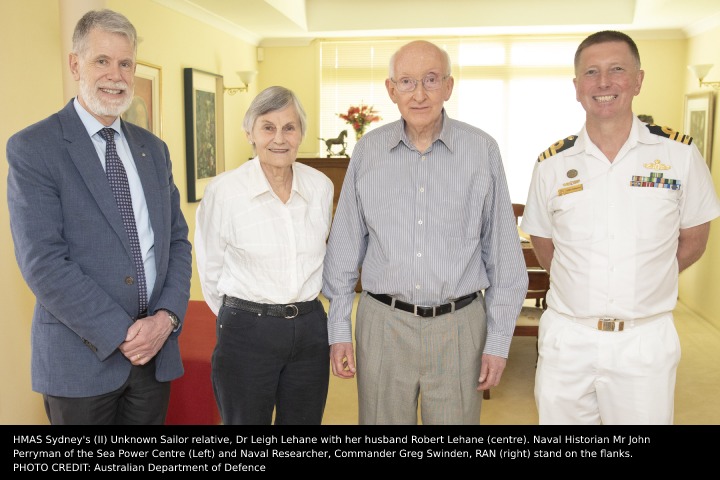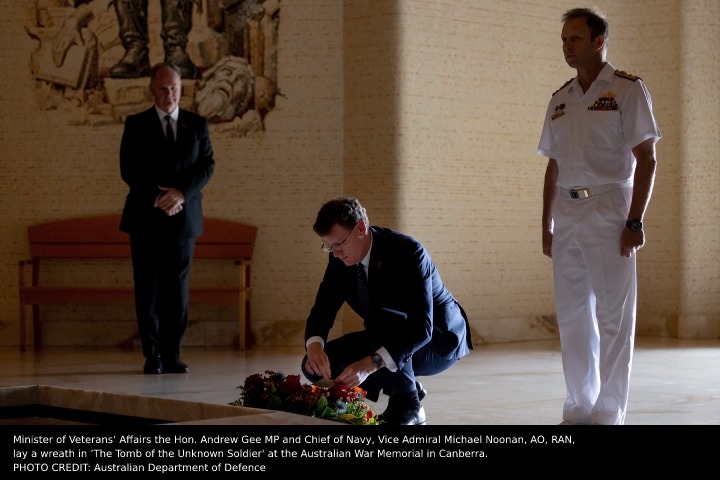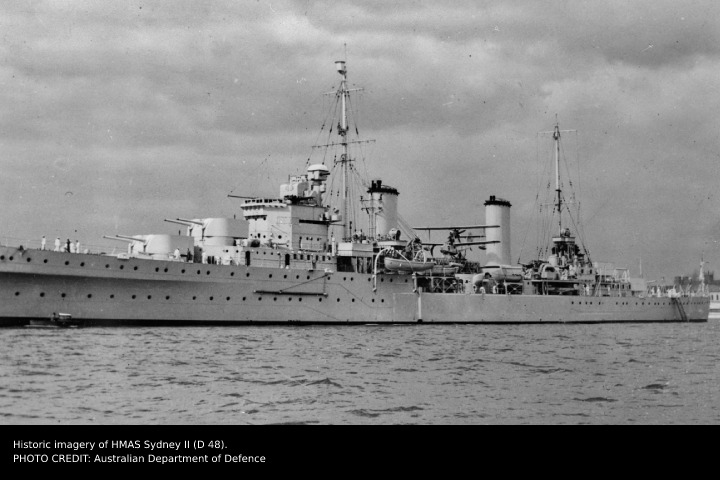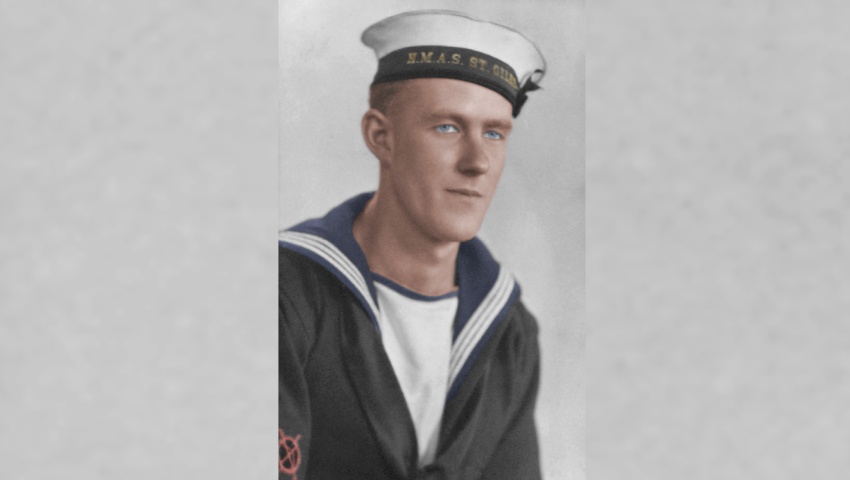The only body recovered from the Australian warship HMAS Sydney (II) has now been identified, 80 years after it sunk off the West Australian coast.
To continue reading the rest of this article, please log in.
Create free account to get unlimited news articles and more!
New DNA evidence has confirmed Able Seaman (AB) Thomas Welsby Clark from New Farm in Brisbane as the previously unidentified sailor.
The Sydney sank on 19 November, 1941 following an intense battle with the disguised German merchant raider HSK Kormoran, about 120 nautical miles (222 kilometres) west of Steep Point, WA.
AB Clark is believed to be the only sailor to have made it to a life raft after the ship went down.
Despite surviving the battle and the sinking, he tragically died at sea in the life raft. His remains were found near Rocky Point on Christmas Island nearly three months later.
The formal identification was a significant development in Sydney’s story and an historic moment for Australia, according to Minister for Veterans Affairs and Minister for Defence Personnel Andrew Gee.
“To finally learn Tom’s name, rank, service number and home town, 80 years after he was lost is truly remarkable," Minister Gee said.
“It is says a lot about Australia that, despite the decades that have passed, our nation is still working so hard to identify those lost in war and ensuring we honour the sacred commitment to remember them.
“I know this is a terribly sad time for Tom’s family. Like his brave shipmates, he died defending Australia, our values and way of life. His family should be immensely proud."

DNA samples collected from his body in 2006 have been extensively tested over the past 15 years and revealed both mitochondrial DNA, passed from mother to child, and Y chromosome DNA passed from father to son.
Research facilitated by the Sea Power Centre – Australia has successfully identified two living direct relatives.
Minister Gee confirmed the Office of Australian War Graves has agreed Tom’s grave in Geraldton War Cemetery will be marked by a new headstone bearing his name next year. He will be ‘unknown’ no longer.
“His story helps Australia understand the immense sacrifice made for our country and also the loss and grief that is still felt by the descendants of those who perished on that day," he added.
“Today our nation also extends its deepest sympathies to the descendants of the 644 other crew members who were sadly never recovered after that infamous battle.
“They gave their lives protecting our nation and fighting tyranny, and by ending the threat posed by the Kormoran they undoubtedly saved many other Australian lives."
Chief of Navy Vice Admiral Mike Noonan added that AB Clark was just 21 years old when he died and was representative of the many young lives lost in the battle.
“Of Sydney’s total complement of 645 men no one survived," VADM Noonan said.
"This included six Royal Australian Air Force members, eight Royal Navy personnel and four civilian canteen staff - 82 officers and sailors were killed in Kormoran.
“We revere the service and sacrifice of all who perished."

Dr Leigh Lehane (a retired academic), was surprised and saddened to learn her Uncle Tom was the unknown sailor.
“To be quite honest it was a bit upsetting,” Dr Lehane said.
However, she said establishing the truth was important.
“I am so grateful for the many, many people, well over a hundred, who helped ascertain the truth about his identity,” Dr Lehane said.
She was born in July 1941, the month before her Uncle Tom joined Sydney and according to a family story, he met his new niece on a final visit to Brisbane.
“He came and held me as a little baby,” Dr Lehane said.
"That’s a very pleasurable thought because I don’t think anyone else is alive now who knew Tom sort of eye to eye."

Minister Gee added that by identifying AB Clark, our nation honours all those who lost their lives in HMAS Sydney (II).
“At this time we remember them and all of the 39,000 Australians who lost their lives in the Second World War," Minister Gee said.
Solving this World War II case involved specialists in DNA analysis, forensic pathology and dentistry, ballistics, anthropology, archaeology and naval history, according to VADM Noonan.
“The Australian Federal Police National DNA Program for Unidentified and Missing Persons was instrumental, as were the Australian National University, Australian War Memorial, University of Adelaide and University of Sydney, not to mention Able Seaman Thomas Clark’s family," VADM Noonan concluded.
"I commend the combined effort spearheaded by the Sea Power Centre to confirm AB Clark’s identity.
“His long voyage is complete, may he Rest in Peace.”
[Related: British F-35B crashes in Mediterranean Sea]

 Login
Login







